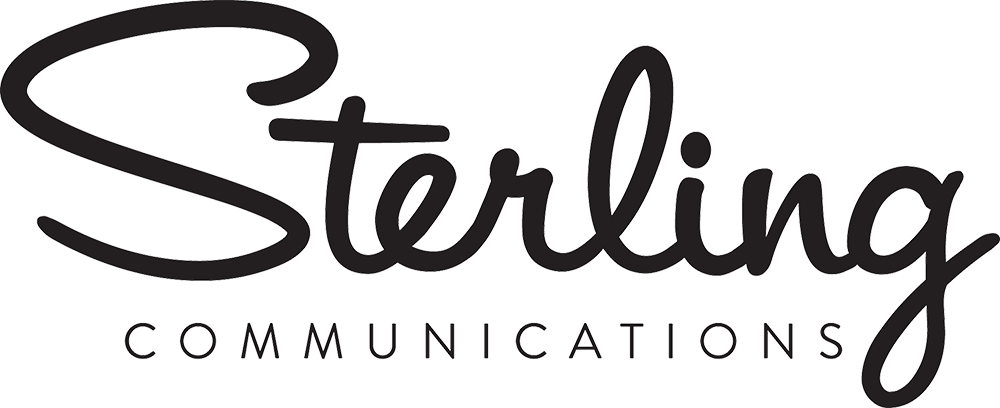Did you know most journalists receive at least five pitches a day and need to publish two to four stories a week? In that harried atmosphere, securing an interview with a reporter is an accomplishment in its own right. But it isn’t the end of the adventure in media relations. Here’s a peek inside the PR process describing one facet of what comes next.
When a reporter wants to speak with a client, PR pros arrange and host the interview. Media interviews sometimes take place in person or by phone, but most often occur via Zoom or video conferencing these days. The PR representative attends the meeting, but generally does not interfere in the conversation after making introductions. That doesn’t mean they’re not working!
Here are five things a good PR rep will typically do when hosting a media interview:
- Record the interview — It’s important to capture the interaction for future reference, and to be able to fact-check or answer questions about what was said later on should need arise. But there are legal requirements concerning consent that vary from state to state, so this should never be done surreptitiously. Before hitting the record button, a good PR rep will let everyone attending know that the meeting is being recorded (oftentimes, the journalist will also be recording for their own reporting purposes).
- Take note of every question asked — Even though the interview is being recorded, the PR rep is noting every question being asked and constructing an impromptu analysis. This contextualization can be used for giving feedback to the client after the interview, internal brainstorming about messaging and news trends, and future media training. Knowing what journalists are interested in and the types of questions they ask of clients is essential in understanding potential story angles, building media relationships, and preparing clients for future interviews.
- Pay attention to visuals, and take screen shots if possible — A client might use a visual aid like a slide or product to help drive home an important idea to a journalist. The PR rep will screenshot important visuals and note how they impact conversation. They will be gauging journalist response and interest level to measure effectiveness.
- Log details — A good PR rep will want to be able to double-check that all numbers, stats, research, and references discussed are correct and will be jotting them down as they are mentioned.
- Make note of what might be missed or isn’t being asked — Things happen fast in conversation, and important information — like the name of a service, product description, report title, or event detail — can get muddled. PR pros will make note if they think anyone missed anything that may need to be clarified. They’ll also be looking for potential follow-up questions or material requests that don’t get covered in the conversation, but might arise from the journalist later on.
While this list is by no means comprehensive, it provides a snapshot of what should be happening on the PR side during interview hosting. And public relations professionals tend to relish the process. After all, it’s exciting to hear your client talk about their company and expertise with journalists — and even more exciting to see the media coverage that results from interviews.
If you are interested in learning more about media relations, we’re here to help! Reach out to us at go@sterlingpr.com.
